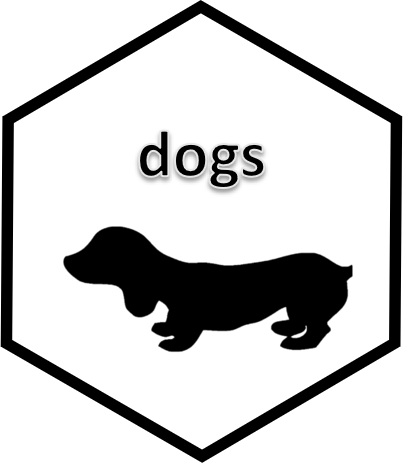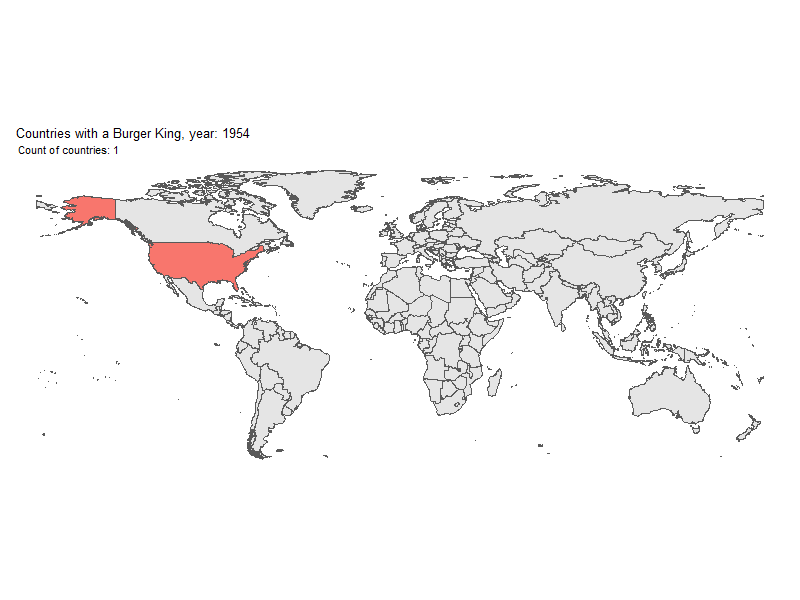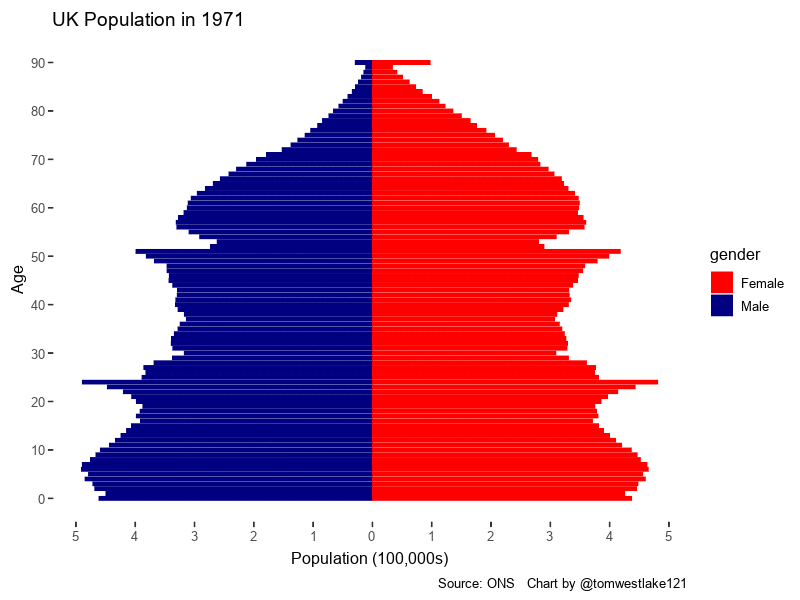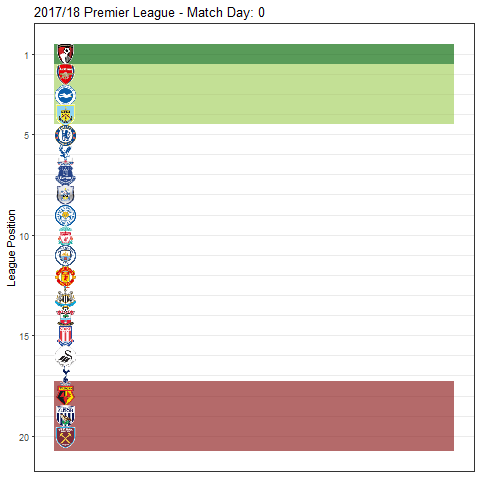
Does Luke turn to the Dark Side?
A few weeks ago I attended a text analytics hackathon, that was immensely enjoyable. Text analysis is something that is quite far from my average day job and I really enjoyed picking up some new skills and playing with the tidytext package. If you are looking to dive into text analytics, I thoroughly recommend the brilliant Text Mining with R book by Julia Silge and David Robinson. The data we experimented with at the event was the three scripts from THE Star Wars Trilogy (you know which one I mean) and I was keen to see if we could use sentiment analysis to distinguish whether a character was from the Light or Dark side.





